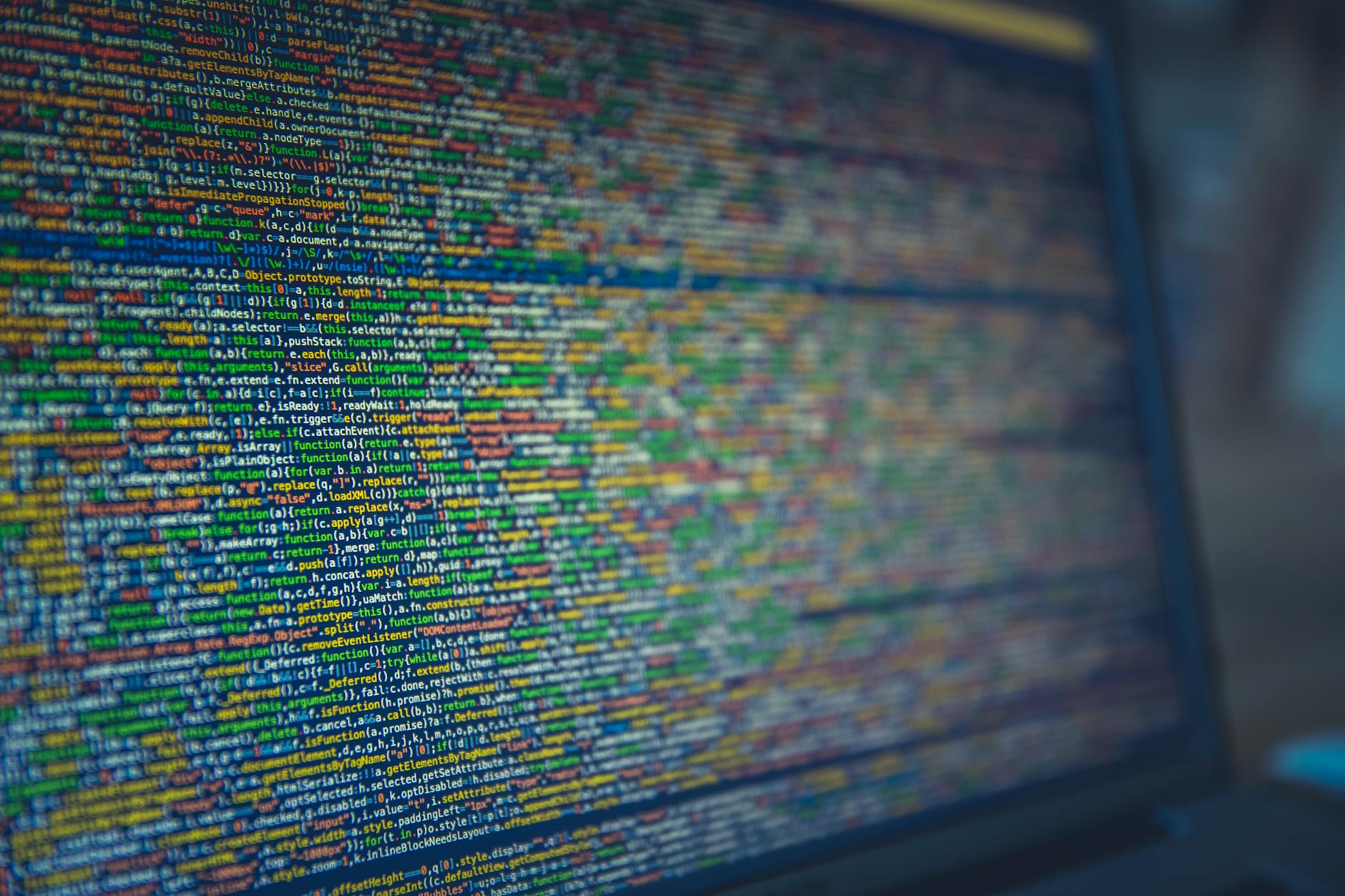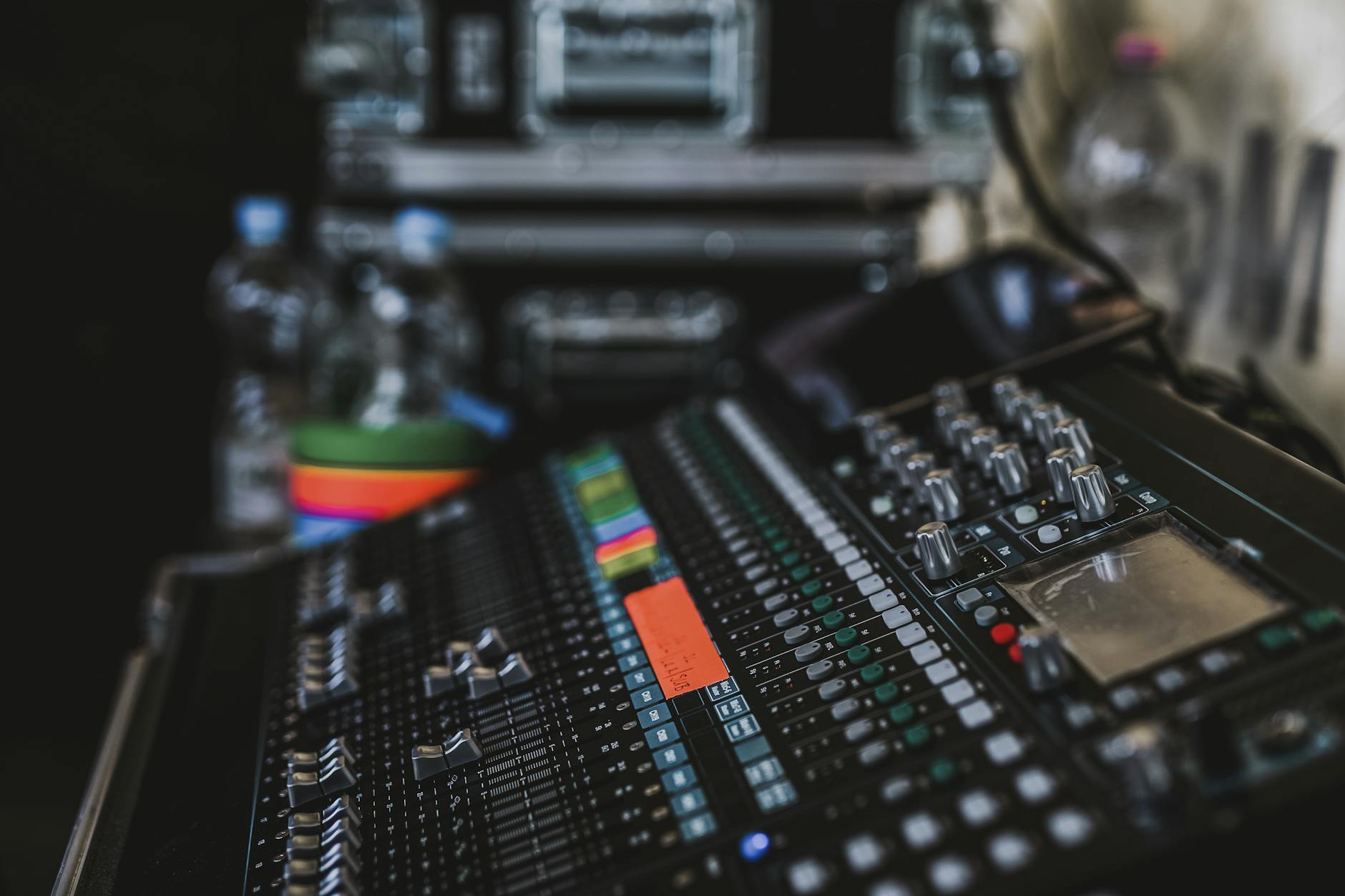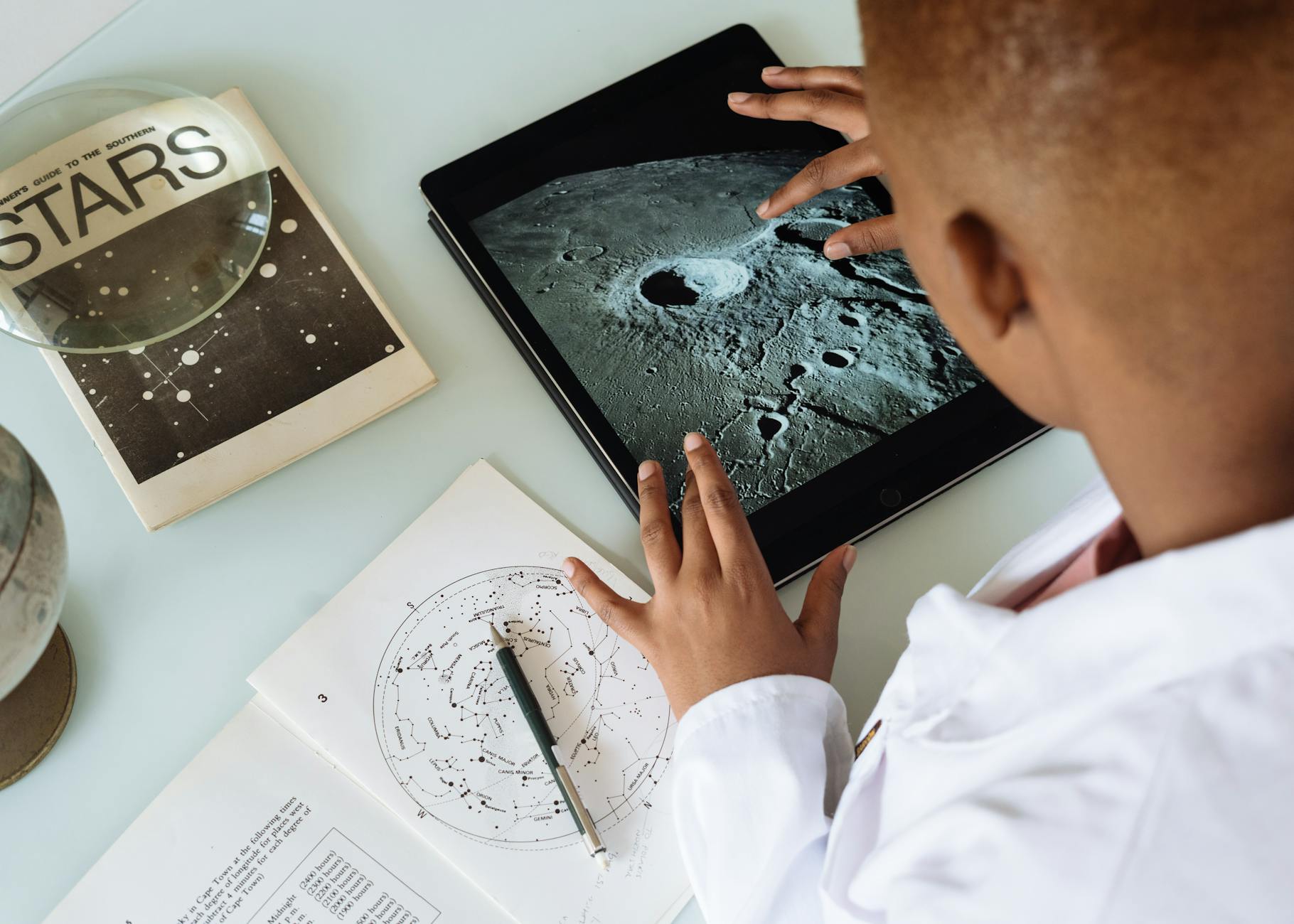Why Every Music Teacher in Australia Should Consider AV Equipment

Benefits of AV Equipment in Music Education
In today's dynamic music classrooms, the integration of AV equipment can significantly enhance the educational experience. As an educator with years of experience, I've discovered that tools like hearing loop systems are invaluable in catering to students with hearing challenges, ensuring inclusivity. When teaching at places like the Sydney Opera House, it becomes apparent that accessibility in educational performances isn't just a bonus; it's a necessity for inclusive learning.
Engagement takes centre stage with the use of innovative teaching tools. Incorporating loudspeakers during lessons not only amplifies sound but brings a richer auditory experience to students as they explore the depths of music theory and practice. This creates a more exciting learning environment where students are drawn into the subject matter, allowing them to engage deeply with the musical pieces being studied.
The flexibility AV equipment offers is transformative. Equipment like PTZ cameras provides a versatile approach to teaching, allowing various angles and perspectives during performances or recordings. This is particularly useful when analysing student performances or using recorded sessions for feedback. Such versatility encourages experimentation with different teaching strategies, enhancing overall instructional effectiveness.
By embracing these technologies, music educators can create a dynamic and inclusive learning environment where every student has the opportunity to engage, learn, and succeed.
Key AV Technologies for Music Teachers
Exploring the landscape of incredible audio-visual tools can truly elevate music education. One essential tool is data projectors, which bring sheet music, videos, and educational content to life during classes. They're particularly handy for music workshops, providing a vibrant visual aid to lessons, making it easier for students to grasp complex musical concepts. If you've ever attended an educational performance at The Conservatorium of Music, you'll appreciate how dynamic visual displays can captivate an audience and make learning more engaging.
Another essential element for any music teacher is planning for excellent acoustics within the teaching environment. Good acoustics can completely transform the auditory experience in a classroom. Installing acoustic panels can significantly reduce unwanted noise, ensuring clear sound quality — a crucial factor when teaching intricate musical pieces. Acoustic improvements also bring a sense of professionalism to your teaching space, which students will definitely appreciate.
For seamless integration of audio-visual components, investing in quality av cables is key. They ensure that data projectors and audio systems function without glitches, creating a smooth educational flow. These might seem like minor additions, but having reliable cabling can avert potential technological hiccups during lessons, thus maintaining the momentum of your teaching. By carefully selecting and implementing these AV technologies, you can create an immersive and efficient learning environment for your students.
Implementing AV Systems in Schools
Assessing Classroom Needs
As a music educator, evaluating your classroom's specific audio-visual needs is vital. Start by considering the range of activities you facilitate, from live instrument performances to digital music productions. A recording microphone is essential for capturing clear audio in student assessments and school concerts, ensuring every note is heard with precision. It's also essential to assess the room's acoustics and determine whether additional equipment, like soundproofing or acoustic panels, is necessary to enhance audio quality.
Integrating with Current Infrastructure
Integrating new AV systems with your school's existing infrastructure demands a systematic approach. Ensure that any new technologies, like a universal remote for controlling multiple AV devices, are compatible with current hardware and software setups. This will streamline processes and decrease the likelihood of operational hiccups during crucial music sessions or performances. Regularly updating the system software ensures all devices remain functional and secure.
Training for Effective Use
Training is crucial for leveraging AV technologies effectively in educational settings. Organize workshops or join sessions at local landmarks like The Conservatorium of Music to gain hands-on experience with state-of-the-art equipment. These learning opportunities provide practical strategies for optimising AV systems, enriching both teaching and student learning experiences. Regular training also ensures that you and your staff remain adept at troubleshooting equipment, minimizing disruptions during classes.
Best Practices
Choosing the Right Equipment
Selecting the appropriate audio-visual equipment is essential for enhancing music education effectively. Consider the room size and the number of students when choosing items like a motorised projector screen. This tool can transform any classroom, providing an engaging way to display music scores or concert footage. For those managing larger classes or open spaces, ensure that the sound quality is adequate by investing in reliable audio solutions like loudspeakers or public address systems.
Maintenance and Upkeep
Ensuring the longevity of your music teaching tools requires regular maintenance. Schedule routine checks to avoid unexpected failures during lessons. Clean projectors and audio equipment regularly to prevent dust build-up, which can affect performance. Appropriate storage is equally important, especially for delicate instruments such as guitars and basses. Secure your equipment in protective cases to extend their life and maintain sound quality.
Ensuring Accessibility for All
Creating an inclusive learning environment in music education means making facilities accessible to everyone. Consider integrating hearing loops for students with hearing impairments, ensuring that everyone experiences high-quality sound. Additionally, tactile markings or Braille on equipment can assist visually impaired students in engaging with music technology. These measures not only ensure compliance with accessibility standards but also enrich the learning experience for all students.
Frequently Asked Questions
Setup Made Simple
Setting up AV equipment in the music classroom can seem daunting at first. I often start by mapping out how I envisage the equipment supporting my lessons. Positioning speakers, for instance, should enhance sound without overwhelming students. Don't hesitate to experiment with equipment placement in various spaces. Whether teaching at a primary school or during a choir workshop at Darling Harbour, the key is to find what best suits your needs.
Solving Audio Challenges
A common frustration can stem from pesky audio issues. I've found that a methodical troubleshooting approach can save both time and headaches. Begin by checking cable connections and ensuring devices are properly powered. Adjust settings on your audio interface, and always keep a spare set of wireless microphones at the ready. Encouraging collaboration among students to resolve minor technical issues organically can turn potential disruptions into invaluable learning experiences.
Refreshing Outdated Tech
Incorporating new technology doesn't mean you have to discard the old! A little creativity can go a long way when updating systems. Start by identifying the core benefits your current equipment offers and explore ways to integrate newer tech to boost these functions. Places such as The Conservatorium of Music often host workshops on tech integration, providing insights that can transform classroom experiences. By looking at technological updates as evolutionary instead of revolutionary, music educators can provide students with an enriched auditory and visual journey.


